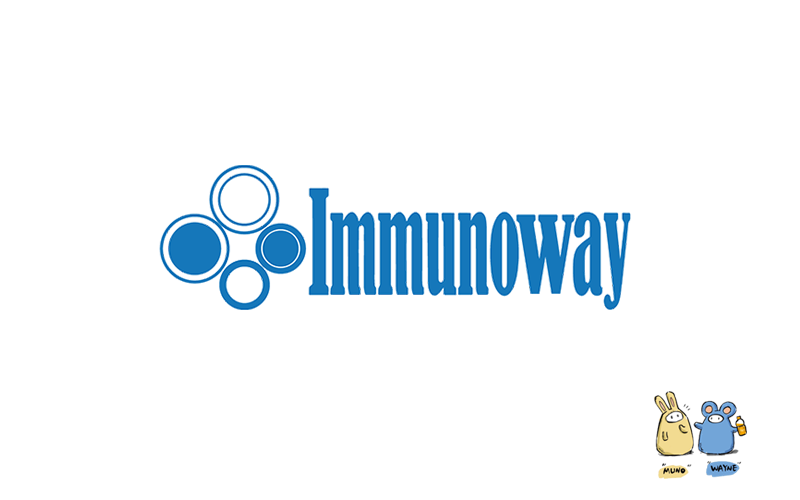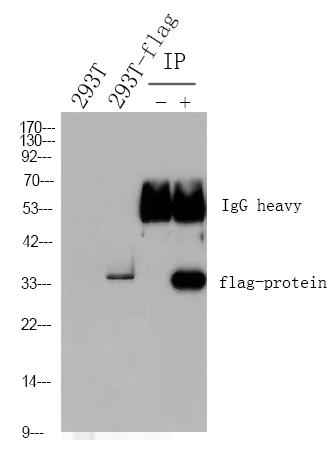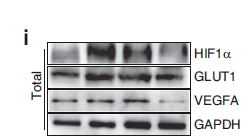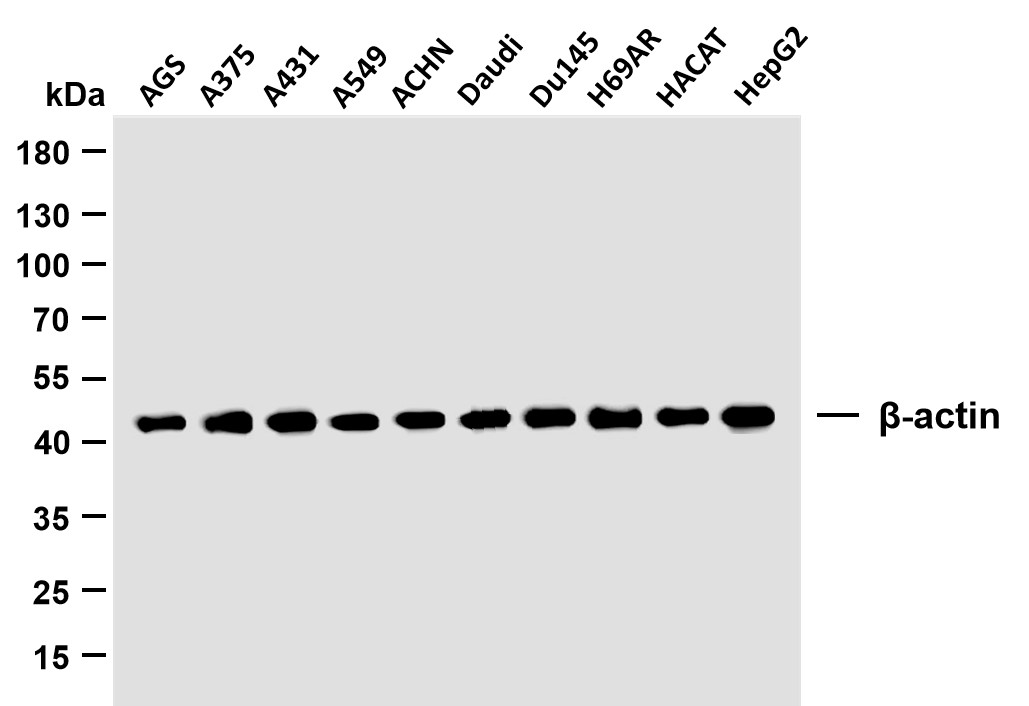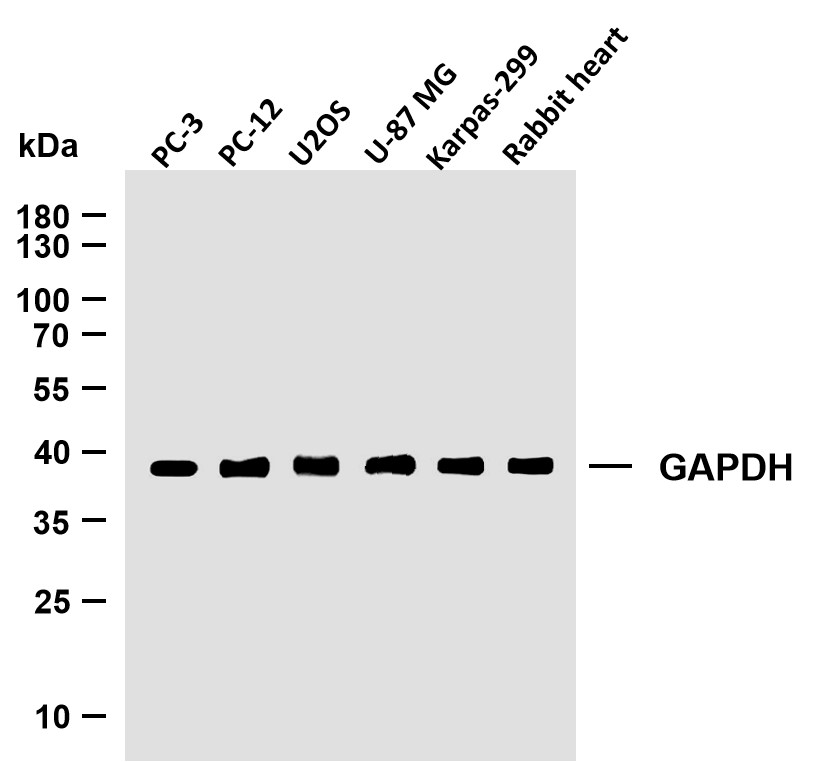
Catalog: YN1949
Size
Price
Status
Qty.
200μL
$450.00
In stock
0
100μL
$280.00
In stock
0
40μL
$150.00
In stock
0
Add to cart


Collected


Collect
Main Information
Target
COL12
Host Species
Rabbit
Reactivity
Human, Mouse, Rat
Applications
WB, ELISA
MW
81kD (Observed)
Conjugate/Modification
Unmodified
Detailed Information
Recommended Dilution Ratio
WB 1:500-2000; ELISA 1:5000-20000
Formulation
Liquid in PBS containing 50% glycerol, and 0.02% sodium azide.
Specificity
COL12 Polyclonal Antibody detects endogenous levels of protein.
Purification
The antibody was affinity-purified from rabbit antiserum by affinity-chromatography using epitope-specific immunogen.
Storage
-15°C to -25°C/1 year(Do not lower than -25°C)
Concentration
1 mg/ml
MW(Observed)
81kD
Modification
Unmodified
Clonality
Polyclonal
Isotype
IgG
Related Products
Antigen&Target Information
Immunogen:
Synthesized peptide derived from part region of human protein
show all
Specificity:
COL12 Polyclonal Antibody detects endogenous levels of protein.
show all
Gene Name:
COLEC12 CLP1 NSR2 SCARA4 SRCL
show all
Protein Name:
Collectin-12 (Collectin placenta protein 1) (CL-P1) (hCL-P1) (Nurse cell scavenger receptor 2) (Scavenger receptor class A member 4) (Scavenger receptor with C-type lectin)
show all
Background:
This gene encodes a member of the C-lectin family, proteins that possess collagen-like sequences and carbohydrate recognition domains. This protein is a scavenger receptor, a cell surface glycoprotein that displays several functions associated with host defense. It can bind to carbohydrate antigens on microorganisms, facilitating their recognition and removal. It also mediates the recognition, internalization, and degradation of oxidatively modified low density lipoprotein by vascular endothelial cells. [provided by RefSeq, Oct 2011],
show all
Function:
Function:Scavenger receptor that displays several functions associated with host defense. Promotes binding and phagocytosis of Gram-positive, Gram-negative bacteria and yeast. Mediates the recognition, internalization and degradation of oxidatively modified low density lipoprotein (oxLDL) by vascular endothelial cells. Binds to several carbohydrates including Gal-type ligands, D-galactose, L- and D-fucose, GalNAc, T and Tn antigens in a calcium-dependent manner and internalizes specifically GalNAc in nurse-like cells. Binds also to sialyl Lewis X or a trisaccharide and asialo-orosomucoid (ASOR). May also play a role in the clearance of amyloid beta in Alzheimer disease.,similarity:Contains 1 C-type lectin domain.,similarity:Contains 3 collagen-like domains.,subcellular location:Forms clusters on the cell surface.,subunit:The extracellular domain forms a stable trimer. The extracellular domain interacts with fibrillar beta amyloid peptide.,tissue specificity:Expressed in perivascular macrophages. Expressed in plaques-surrounding reactive astrocytes and in perivascular astrocytes associated with cerebral amyloid angiopathy (CAA) in the temporal cortex of Alzheimer patient (at protein level). Strongly expressed in placenta. Moderately expressed in heart, skeletal muscle, small intestine and lung. Weakly expressed in brain, colon, thymus and kidney. Expressed in nurse-like cells. Expressed in reactive astrocytes and vascular/perivascular cells in the brain of Alzheimer patient.,
show all
Cellular Localization:
Membrane ; Single-pass type II membrane protein . Forms clusters on the cell surface.
show all
Tissue Expression:
Expressed in perivascular macrophages. Expressed in plaques-surrounding reactive astrocytes and in perivascular astrocytes associated with cerebral amyloid angiopathy (CAA) in the temporal cortex of Alzheimer patient (at protein level). Strongly expressed in placenta. Moderately expressed in heart, skeletal muscle, small intestine and lung. Weakly expressed in brain, colon, thymus and kidney. Expressed in nurse-like cells. Expressed in reactive astrocytes and vascular/perivascular cells in the brain of Alzheimer patient.
show all
Research Areas:
>>Phagosome
show all
Signaling Pathway
Reference Citation({{totalcount}})
Catalog: YN1949
Size
Price
Status
Qty.
200μL
$450.00
In stock
0
100μL
$280.00
In stock
0
40μL
$150.00
In stock
0
Add to cart


Collected


Collect
Recently Viewed Products
Clear allPRODUCTS
CUSTOMIZED
ABOUT US
Toggle night Mode
{{pinfoXq.title || ''}}
Catalog: {{pinfoXq.catalog || ''}}
Filter:
All
{{item.name}}
{{pinfo.title}}
-{{pinfo.catalog}}
Main Information
Target
{{pinfo.target}}
Reactivity
{{pinfo.react}}
Applications
{{pinfo.applicat}}
Conjugate/Modification
{{pinfo.coupling}}/{{pinfo.modific}}
MW (kDa)
{{pinfo.mwcalc}}
Host Species
{{pinfo.hostspec}}
Isotype
{{pinfo.isotype}}
Product {{index}}/{{pcount}}
Prev
Next
{{pvTitle}}
Scroll wheel zooms the picture
{{pvDescr}}







